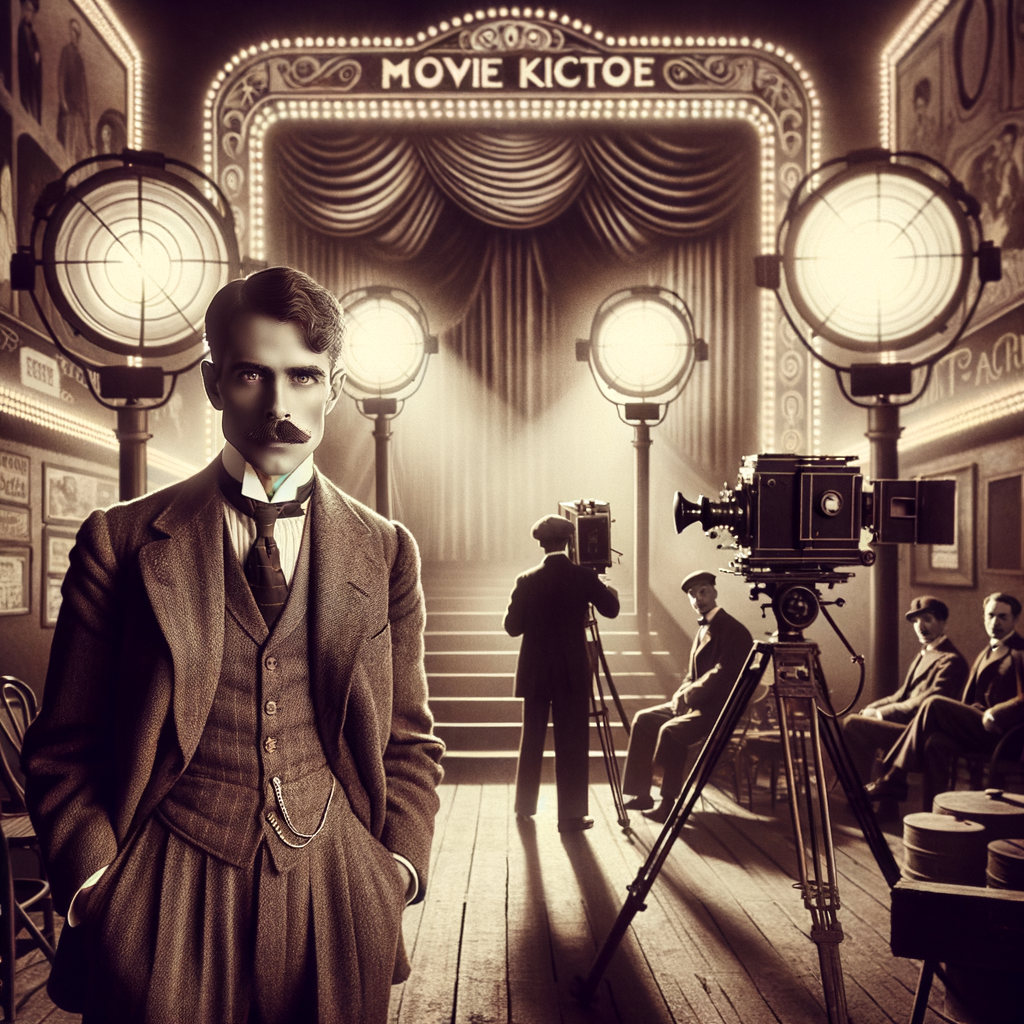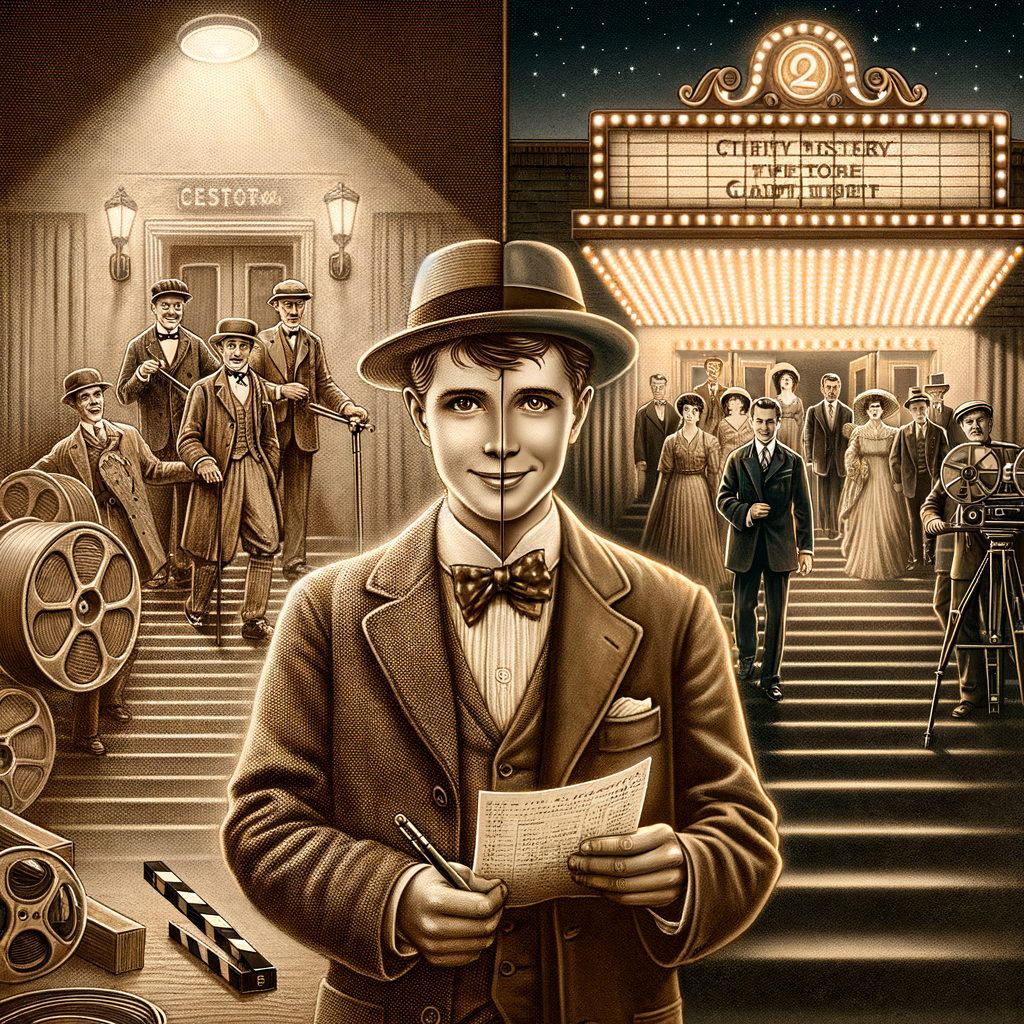Now Reading: The Fascinating History of Ogden Crane: Silent Film Star
-
01
The Fascinating History of Ogden Crane: Silent Film Star
The Fascinating History of Ogden Crane: Silent Film Star

The Fascinating History of Ogden Crane: Silent Film Star
Born as Harry Ogden Crane in Brooklyn, New York, Ogden Crane was a significant figure in the silent film era. His journey from a budding actor to a silent screen star captures the essence of early cinematic history. In this blog post, we’ll delve into the life, career achievements, and legacy of this remarkable actor.
Early Life and Background
Harry Ogden Crane was born on March 17, 1896. Growing up in Brooklyn, he was surrounded by the vibrant arts scene of New York City, which played a crucial role in shaping his passion for acting. Here are some key points about his early life:
- Raised in a supportive family that encouraged artistic pursuits.
- Engaged in local theater productions as a teenager.
- Was inspired by the actors and performers of his time.
Rise to Fame in Silent Films
Ogden Crane’s foray into the world of silent films began in the early 1910s. His natural talent and charisma quickly attracted the attention of film producers. Here’s how he made his mark in the film industry:
- First Film: Ogden made his film debut in The Plumber’s Daughter (1913), which was well-received and showcased his acting abilities.
- Key Roles: He starred in several popular silent films throughout the 1910s, becoming a household name in the process.
- Collaboration: Worked with legendary directors and fellow actors, contributing to the rich tapestry of early cinema.
Significant Contributions to Cinema
Ogden Crane’s contributions to the film industry were notable not just for his acting skills but also for the roles he portrayed, which showcased a variety of human emotions. His films often dealt with themes of love, sacrifice, and adventure. Some of his most recognized works include:
- The Lost Journey (1916)
- A Heart in Chains (1918)
- The Unexpected Way (1920)
Ogden Crane’s Filmography includes:
The Lost Freight Car (1911)
Caprice (1913)
Lord John’s Journal (1915–1916; 5 film series) as Roger Odell
The Grey Sisterhood (1916)
The Parson of Panamint (1916) as Absolom Randall
The Light of Western Stars (1918)
The Valley of the Giants (1919) as Mayor Poundstone
1920
Sic-Em as Stephen Hamilton
Her Five-Foot Highness as Lesley Saunders
The Dwelling Place of Light as Chester Sprole
Wedding Blues
The Corsican Brothers
1921
The Greater Profit as Creightoon Hardage
See My Lawyer as T. Hamilton Brown
Southern Exposure
Oh Buddy!
Navy Blues (1923)His ability to convey deep emotion without spoken words set him apart in a time when the industry was evolving rapidly and audiences were hungry for diverse storytelling techniques.
Challenges and Transition to Sound
As the film industry transitioned from silent films to “talkies” in the late 1920s, many silent actors struggled to adapt. Ogden Crane faced this challenge head-on, working diligently to hone his skills in dialogue delivery and sound performance. However, like many of his contemporaries, he found himself eventually sidelined as flashy new talents took the forefront.
Legacy and Lasting Impact
Despite the decline of his cinematic presence, Ogden Crane’s impact on early cinema endures. His contributions helped lay the groundwork for future generations of actors. Key takeaways about his legacy include:
- Crane’s emotive performance style influenced aspiring actors in both silent and sound films.
- His work contributed to the development of narrative storytelling in cinema.
Ogden Crane passed away on January 5, 1965, but remains a significant figure in the history of film. Through retrospective screenings and scholarly research, new audiences continue to discover his work, ensuring that his legacy lives on in the hearts of cinema lovers everywhere.
Conclusion
In reviewing the life of Ogden Crane, we see not only the highs of a silent film career but also the trials of adapting to an evolving industry. His early contributions have carved a niche in film history, inviting new generations to appreciate the art form’s rich past.
Stay Informed With the Latest & Most Important News
Previous Post
Next Post
-
 01Famous Writers from Brooklyn, New York
01Famous Writers from Brooklyn, New York -
 02A Comprehensive Look at Famous Novelists from Brooklyn, New York
02A Comprehensive Look at Famous Novelists from Brooklyn, New York -
 03The Impactful Journey of Donald Joel Aronow: A Boat Design Pioneer
03The Impactful Journey of Donald Joel Aronow: A Boat Design Pioneer -
 04A Scenic Journey: The Staten Island Ferry from Brooklyn to Manhattan
04A Scenic Journey: The Staten Island Ferry from Brooklyn to Manhattan -
 05Famous Sports Stars from Brooklyn, New York
05Famous Sports Stars from Brooklyn, New York -
 06A Look Back at the 1977 Brooklyn Blackout: Causes and Impacts
06A Look Back at the 1977 Brooklyn Blackout: Causes and Impacts -
 07A Comprehensive Look at Barry Manilow’s Brooklyn Roots
07A Comprehensive Look at Barry Manilow’s Brooklyn Roots

































